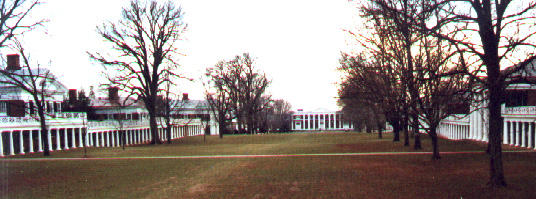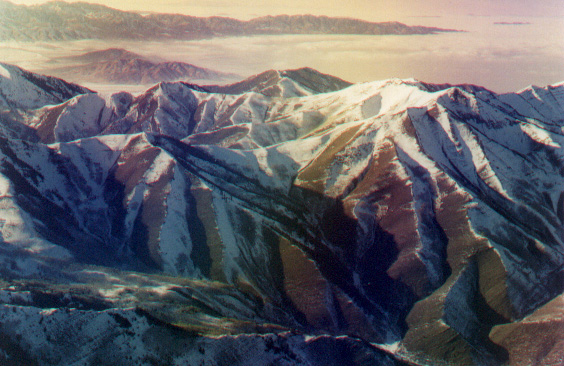How to understand the geography with which we are rapidly losing touch
There exists confusion about the importance of places and this arises because we are in a field where biology, geography and history meet upon uneasy boundaries. This is as if evolution did not dictate a fusion of these disciplines when describing an inherent complexity in topography, terrains and settings.
|
Boudin, Clamming the flats at ebbtide, 1886. |
||
| Joseph Siry, Marshes Of the Ocean Shore |
 |
John B. Jackson, A Sense of Place, A Sense of Time |
| Terry Tempest Williams, An Unspoken Hunger | ||
In recognizing how technology both shapes and is shaped by circumstances we may associate identifiable architectural qualities with a sense of place and get beyond a set of blinders I call perverse dichotomies. Some of the problems these "either – or" dichotomies perpetuate include our fondness for special terrains or landscapes over other places within those same countrysides or over other allegedly less attractive settings. There are at least three perverse dichotomies that we should identify and try to reconcile because the emotions we associate with each inhibits our capacity to keep pace with factual data about topographical changes and the recreation or restoration of cultural landscapes.
Words
Edenic
Arcadian
Jefferson's architectural vision

Determining the value of landscape
Before the Second World War the popularity of rooting ethnic identity into the particular soil of the landscapes from which a people were believed to have sprung was widespread. In that sense technology is entwined with creating identifiable cultural landscapes.
"The power of space is great, and it is always active for creation and destruction. It is the basis of the desire of any group of human beings to have a place of their own, a place which gives them reality, presence, power of living, which feeds them, body and soul. This is the reason for the adoration of the earth and soil, not soil generally but of this special soil, and not of earth generally but of the divine powers connected with this special section of earth. . . . "
Paul Tillich, Theology of Culture. (1959), p. 16.
Frequently called cultural hearth's today genetic analysis of commonly held chromosomes promises – if ever so briefly – a simple understanding of life's functions and evolution with respect to the environments in which current and even long extinct organisms develop. Often it is these long-extinct creatures that have contributed to the very conditions we value today. The La Brea tar pits in Los Angeles are just such an example of a place unlike others for the fossil remains associated with the site revealing some insight into our geological past, the Burgess shale formation in Canada is quite another example.
D. H. Lawrence and Lawrence George Durrell are just two of the many writers, who before the genetic revolution sought to define the evocative, original, and cultural environments in which past and current civilizations found some sense of belonging and identity or even a sacred trust to ensure their survival.
Perverse dichotomies allow us to comprehend how a sensibility for natural places could displace people. Simon Schama has shown both the roots of this romantic allure and preference for particular landscapes and the diabolical consequences of the Third Reich in preserving Bialowiecza Forest in Poland as a hunting preserve because the forest biome was considered sacred. This preference for place persisted despite its residents who also possessed a sensitivity to place were nonetheless destroyed by Hermann Goring in the process of protecting the trees and the rare animals. Since the war our fondness for removing settlers from certain landscapes has been reduced but this has not necessarily diminished our desire to protect places that have peculiar appeal for the larger mass of people.

Value of landscapes, a discussion
Original sources, and the origins of our ambivalence about nature.